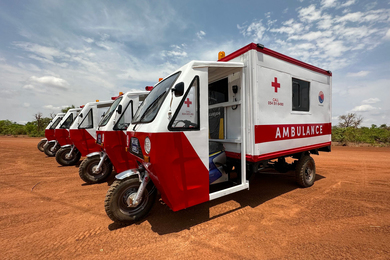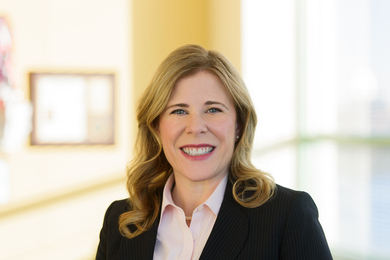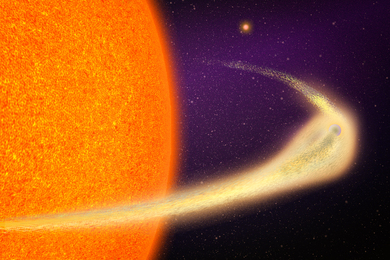Top News
Today’s Featured News
In the Media
Community Updates
Featured Multimedia
Since its founding, MIT has been key to helping American science and innovation lead the world. Discoveries that begin here generate jobs and power the economy — and what we create today builds a better tomorrow for all of us.
The McGovern Institute stands as a testament to the power of interdisciplinary collaboration, continuing to shape our understanding of the brain and improve the quality of life for people worldwide. This video tells the story of the institute's incredible journey - from the seed of an idea to the discoveries that have cemented the McGovern Institute as a transformative leader in the field of brain research.
MIT engineers developed an insect-sized jumping robot that can traverse challenging terrains while using far less energy than an aerial robot of comparable size. This tiny, hopping robot can leap over tall obstacles and jump across slanted or uneven surfaces carrying about 10 times more payload than a similar-sized aerial robot, opening the door to many new applications.
Christopher Palmer is an Associate Professor of Finance at the MIT Sloan School of Management. He is also a Faculty Research Fellow at the National Bureau of Economic Research, and an Affiliate with the Jameel Poverty Action Lab, based here at MIT. He studies consumer credit, and household financial decision making. In this episode, President Kornbluth and Palmer discuss household financial decision making around mortgages, car loans, and how best to save for retirement.
In the new Advanced Manufacturing for Aerospace Engineers course, students design, build, and test an electric rocket engine turbopump, preparing them for a career at the forefront of the aerospace industry. In just 13 weeks, students design, build, and test a laboratory-scale electric turbopump, the type of pump used in liquid rocket propulsion systems to deliver fuel and oxidizer to the combustion chamber under high pressure.































